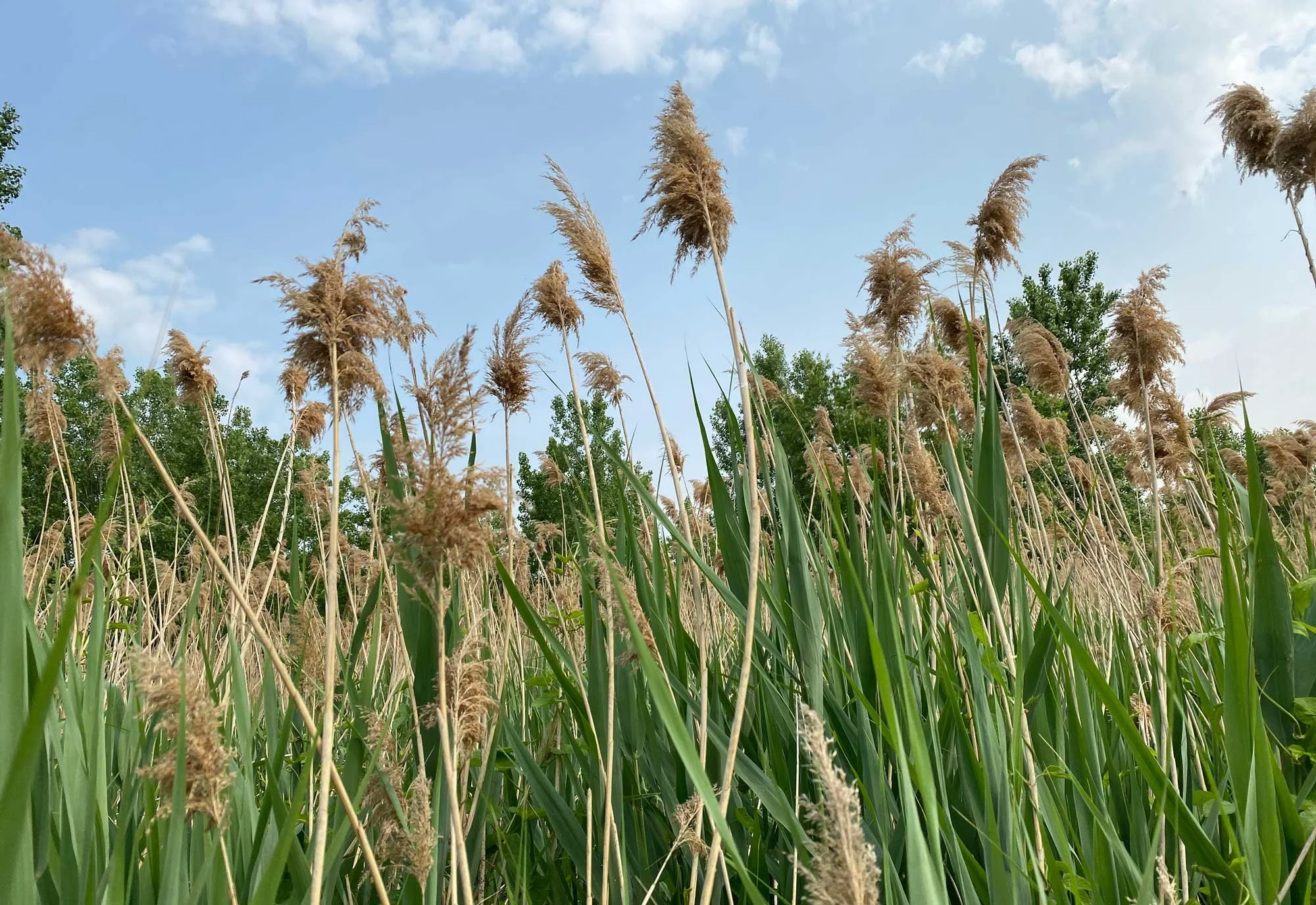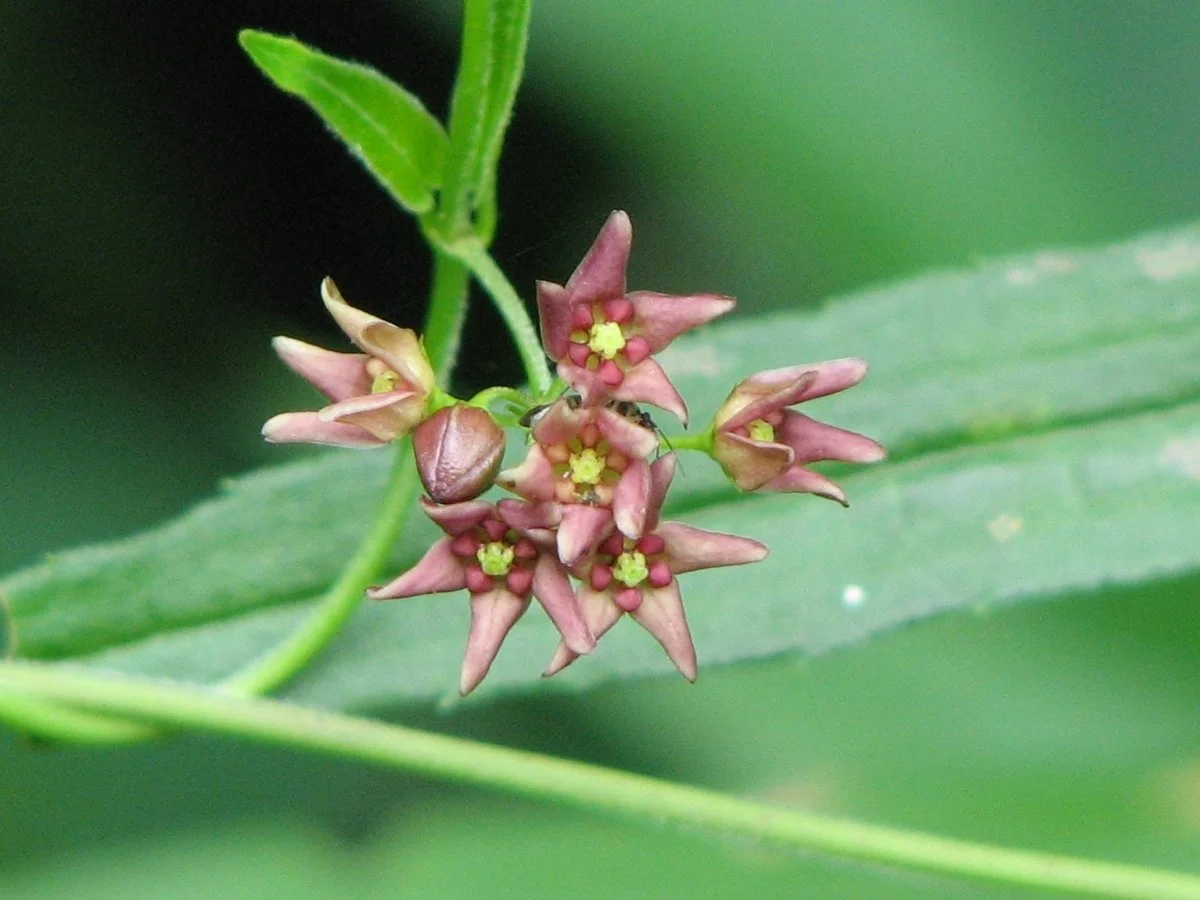The $50 Million Problem: A Homeowner's Guide to Invasive Species in Ottawa
More Than Just Weeds: The Staggering Cost of Invasive Species
Did you know that Ontario municipalities and conservation authorities spend over $50 million every year fighting invasive species? These non-native plants, insects, and pathogens do more than just look out of place; they degrade our natural ecosystems, reduce climate resiliency, and can even cause property damage. Unfortunately, this issue is often right in our own backyards and neighbourhoods here in Ottawa. Understanding the key offenders is the first step to becoming part of the solution.
Ottawa's Most Wanted: Key Plant Invaders to Know
Based on information from the Invasive Species Centre and what we see in the field, here are some of the most problematic plant invaders in our region.
Phragmites (Phragmites australis)
Often called Canada's worst invasive plant, you've likely seen these tall, dense, tan-coloured reeds along roadsides and in wetlands. Phragmites clogs drainage ditches (increasing flood risk), overwhelms native plants, and even releases biochemicals from its roots to inhibit competitors. It's devastating to wetland habitats, including turtle nesting sites.
Common Buckthorn (Rhamnus cathartica)
Listed as a noxious weed in Ontario, this dense shrub is a major bully in our woodlands. It's one of the first to leaf out in spring and the last to lose its leaves in fall, giving it a huge competitive advantage that allows it to shade out native wildflowers and tree seedlings. Its berries offer poor "junk food" nutrition to birds, which then spread the seeds far and wide.
Dog-Strangling Vine (Vincetoxicum rossicum)
This aggressive vine wraps itself around other plants and structures, forming dense mats that prevent forest regeneration by smothering young trees and wildflowers. It is particularly threatening to Monarch butterflies; they mistakenly lay their eggs on it, but their caterpillars cannot survive on its toxic leaves.
Garlic Mustard (Alliaria petiolata)
One of our most aggressive forest invaders. This plant spreads rapidly and is "allelopathic," meaning its roots release chemicals that are toxic to other plants, preventing the growth of native wildflowers and even tree seedlings. It can quickly take over a forest understory, creating a monoculture.
The Silent Threat to Our Trees
It’s not just weeds; invasive insects pose a massive threat to our iconic Ottawa trees.
Asian Longhorned Beetle: This pest attacks and kills healthy Maple trees. An outbreak could be devastating to our urban canopy and the maple syrup industry.
Hemlock Woolly Adelgid: This tiny, aphid-like insect kills our beautiful native Hemlock trees by feeding on their sap. Look for its distinctive "cotton ball" egg masses on the underside of branches.
How You Can Be Part of the Solution
It can feel overwhelming, but individual actions make a huge difference in preventing the spread of invasive species. Here’s what you can do:
Identify & Report: Learn what the key invaders in our area look for. Report sightings of new or unusual species to the Invading Species Hotline at 1-800-563-7711 or EDDMapS.org.
Clean Your Gear: Clean mud and plant matter off your boots, gear, and pets after hiking to avoid spreading seeds to new areas.
Don't Move Firewood: Buy and burn firewood locally (within 15 km) to prevent the spread of pests like the Asian Longhorned Beetle.
Plant Native: The best defense is a good offense. Choose beautiful, beneficial Ontario native plants for your garden instead of known invasive species.
The REWILD Solution: Reclaim Your Landscape
Reading about this can be daunting, but the good news is that you don't have to tackle it alone. At REWILD Landscapes, a core part of our mission is the safe and effective removal of invasive species and the restoration of healthy, biodiverse ecosystems.
Our team has the expertise to identify, manage, and remove these problematic plants, preparing your land for a beautiful garden filled with beneficial native species.
This post was informed by and references statistics from an article by Mike Pearson, originally published on InsideHalton.com.




